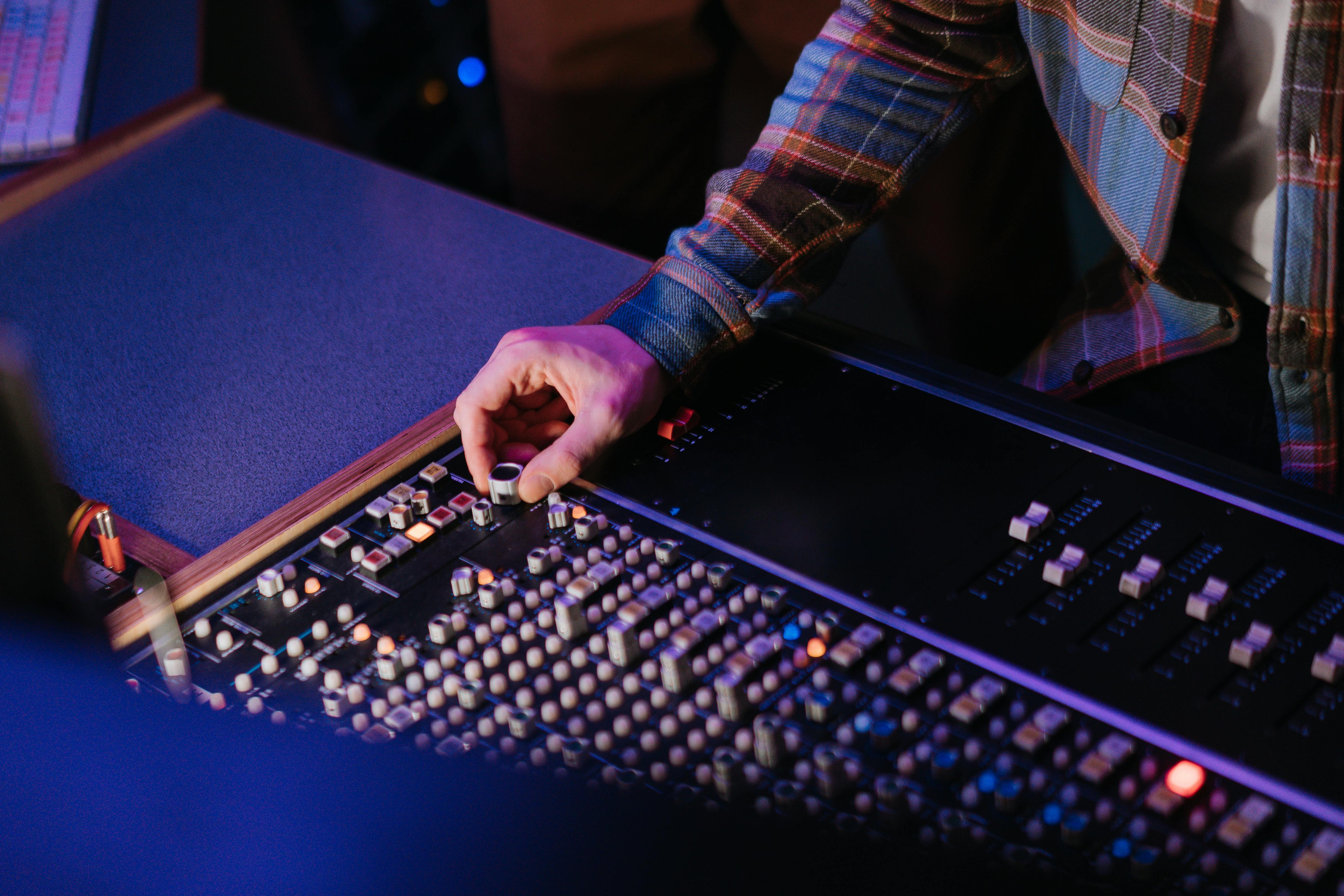
Smart Guide to Installing a Garage Door Opener for Better Convenience in 2025
Installing a garage door opener is no longer just an enhancement for convenience; it’s a valuable investment for improved functionality and safety in your home. Whether you’re replacing an old system or installing a new one, understanding the %importance of proper installation is key. Aside from boosting convenience, a correctly installed garage door opener offers enhanced security, energy efficiency, and can even increase your home's value. In this guide, we will walk you through the process of installing a garage door opener, covering everything from tool requirements to step-by-step procedures and safety precautions. By the end of this article, you will feel empowered to tackle the installation yourself or know exactly what to expect when calling in professionals.%

Essential Tools Needed for Garage Door Opener Installation
Before you embark on your DIY garage door opener installation, having the right tools at your disposal is crucial for a smooth process. The first step is gathering basic tools like a drill, screwdriver, ladder, and level. Make sure to check whether you need any additional tools specific to your garage door type. For instance, installing a chain drive garage door opener might require specific socket wrenches that you may not need with a belt drive system. In this section, we will explore the most essential tools you will need, which will streamline your installation process. Popular tools include:
1. Basic Hand Tools
Having a set of standard hand tools that includes screwdrivers, pliers, and wrenches is fundamental for any garage door opener installation. These tools enable you to make various adjustments and secure components. To ensure a good fit, it's vital to keep these tools handy during your project.
2. Power Tools
A power drill is an indispensable tool, particularly for drilling holes into wood or metal structures. With a range of drill bits, you can ensure that each screw and bracket is securely fastened, facilitating robust installation. A level will also prove critical for achieving precise alignment of the garage door opener.
3. Safety Gear
Don’t forget about safety gear! Ensure you wear gloves and goggles to protect your hands and eyes during installation. Also, you'll need a sturdy ladder to reach higher positions safely, as securing the garage door opener to the ceiling is often required.

Establishing the right tool kit not only simplifies the installation process but also ensures a successful and safe project outcome. With these tools in hand, you're ready to proceed with installation!
Step-by-Step Garage Door Opener Installation Guide
Having gathered your tools, it’s now time to delve into the step-by-step garage door opener installation. This guide will take you through the primary phases of installing a garage door opener, presenting methods and tips to facilitate each step effectively.
1. Preparing the Garage Door
Before you begin with the installation, it’s essential to prepare your garage door. Inspect the door for wear and check its balance; an uneven door can complicate the installation process. Make any necessary repairs or adjustments to the door springs, as a malfunctioning door can lead to severe issues later on.
2. Mounting the Garage Door Opener
Securely mounting the garage door opener is pivotal for long-term functionality. Determine the correct height to mount the opener, usually about 7 feet above the floor. Use the level to ensure that the opener is straight and then mark the locations for the mounting brackets. Follow your specific garage door opener's mounting instructions carefully.
3. Connecting the Power Supply
Next, you'll need to connect your garage door opener to power. While doing this, turn off power at the circuit breaker to ensure safety. Most garage door openers come with a power cord that should connect directly to a nearby outlet. This step may vary depending on your opener model, so refer to your specific garage door opener installation instructions for detailed guidelines.
4. Wiring the Garage Door Opener
Once the opener is secure, it’s time to wire it correctly. Each model has a specific wiring diagram, so closely follow these instructions to connect the power supply, safety sensor, and remote controls. Proper wiring is essential for ensuring that the garage door opener performs effectively and safely.
5. Testing and Fine-tuning
After physically installing your garage door opener, conduct a test run. Listen for any unusual sounds during operation and ensure the door opens and closes smoothly. If the door doesn’t operate as expected, consult your garage door opener installation checklist to troubleshoot potential problems.
Secure Installation and Safety Precautions
Understanding safety precautions is crucial to completing a successful garage door opener installation. As you embark on this project, it’s important to be mindful of any risks involved, especially if you're inexperienced with home repairs. Ensuring that both the garage door opener and garage door itself are secure can prevent accidents.
1. Safety Before Installation
Always prioritize safety by wearing protective gear such as gloves and goggles. Remove any hazards in your work area, and ensure a clear space to operate. If you feel uncertain at any point during the installation, don't hesitate to consult professionals for assistance.
2. Proper Positioning
While mounting the garage door opener, ensure that it sits above the majority of your garage door’s height. This positioning minimizes the risk of accidents and maximizes safety. Use multiple fasteners when securing the unit to ensure it can withstand the weight of the garage door.
3. Regular Maintenance and Checks
After installation, regular maintenance and checks are essential. Inspect the integrity of the installation periodically and listen for signs of wear or malfunction. Keeping the garage door opener aligned and properly functioning increases the longevity of the device and enhances safety.
Common Garage Door Opener Installation Problems and Troubleshooting Tips
Despite careful planning and execution, some common problems may arise during the garage door opener installation process. This section will explore frequent issues and the best troubleshooting tips to resolve these problems efficiently.
1. Misalignment of Garage Door Sensor
If your garage door opener stops working correctly or fails to close, it could be due to a misaligned garage door sensor. Check the sensors' positions and ensure they are facing each other correctly. Adjust them until you achieve the correct alignment and test the garage door's operation.
2. Power Connection Issues
If the garage door opener does not respond, it could indicate a power connection issue. Double-check that the power supply is indeed connected and that the circuit has been restored. Check for blown fuses or tripped breakers, and replace or reset as necessary.
3. No Response from Remote Control
If your remote fails to operate the garage door opener, the batteries may need replacement or the remote may require reprogramming. Always keep spare batteries available and refer to the user manual for detailed instructions on how to program your garage door remote control.
Q&A: Garage Door Opener Installation
Below are some of the most common questions often asked regarding garage door opener installation, along with straightforward answers to guide you through your installation journey.
1. How long does it typically take to install a garage door opener?
The time required to install a garage door opener can vary but typically takes between 2-4 hours, depending on your experience level and the type of opener being installed.
2. Can I install a garage door opener by myself?
Yes, it is possible to install a garage door opener yourself; however, having a partner can make the process smoother and more manageable, especially during heavy lifting.
3. What are the best types of garage door openers for home use?
The best types of garage door openers depend on your specific needs and preferences. Common options include chain drive, belt drive, and screw drive openers; each have distinct advantages like noise levels and maintenance requirements.
4. How do I connect my garage door opener to Wi-Fi?
To connect your garage door opener to Wi-Fi, refer to the manufacturer's instructions which typically involve downloading an app and following the setup prompts. Ensure that you have a stable Wi-Fi connection when configuring your opener.
5. What should I do if my garage door opener isn't working after installation?
If your garage door opener isn't functioning, check all connections, wiring, and ensure there is power to the unit. Refer back to the troubleshooting tips discussed or call professional services if necessary.
The successful installation of a garage door opener not only enhances convenience but ensures the safety of your home. Following the outlined steps and precautions will springboard you toward achieving a seamless install. Whether you choose to go the DIY route or employ a professional, understanding the intricacies of garage door opener installations prepares you for a smoother process in 2025 and beyond.